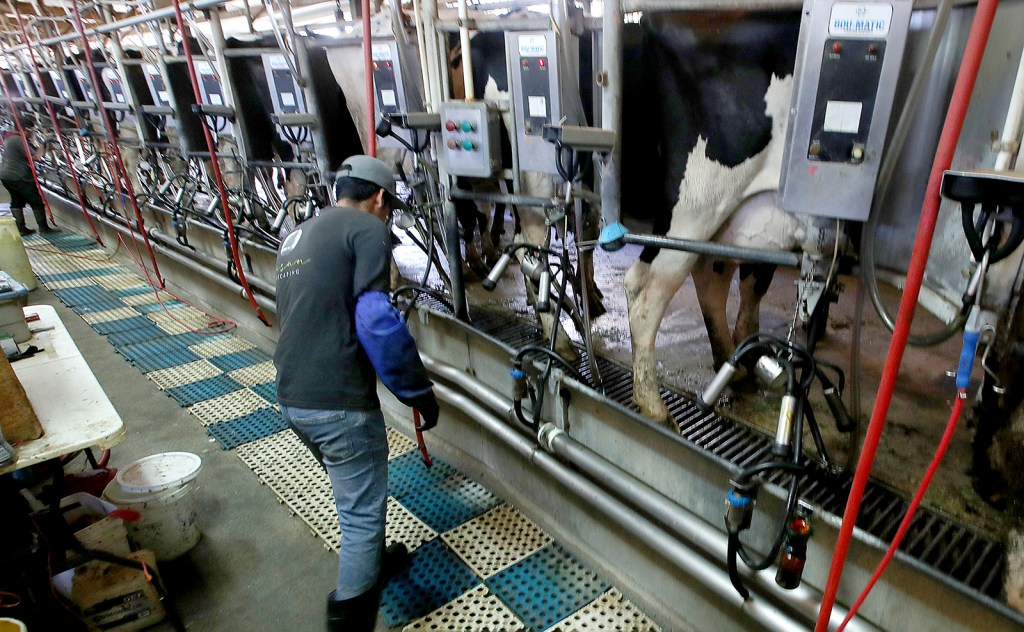
As a physician, I am closely following a bird flu outbreak that is hitting our Central Valley dairy farms hard, especially since the California Department of Health reports at least 26 human cases. This number seems to increase each week in our state, which has more dairy cows than any other. Bird flu has spread to at least 294 dairy herds in California.
As a board-certified doctor in internal and lifestyle medicines, I support the health department’s efforts to monitor and test for bird flu, I appreciate those calling for additional protections for California’s dairy workers, and I commend our public health officials for doing a good job of confronting the immediate crisis.
But it is also time to take a hard look at the food production system that puts farm workers in close contact with sick cows and birds, the standard American diet that demands it, and the health ramifications of both.
Facilities with large numbers of animals in a small space are a threat to public health because they provide ideal conditions for viruses to spread, evolve and possibly acquire the ability to infect people. Research shows that intensive animal agriculture has been implicated in influenza viruses jumping from animals to people, and some believe this bird flu could even become the source of our next pandemic.
Recently officials announced the disturbing news that bird flu has infected a pig in Oregon, a troubling development that health experts say could mean a more transmissible and virulent virus.
Consumers and farmers who want to be part of a more healthful future may wonder about alternatives to intensive animal farming. If you’re a poultry farmer and bird flu has wiped out your flock, you may be considering a change. In fact, some are repurposing their chicken houses to grow crops.
California dairy farmers also encounter significant challenges, and many already were choosing to exit the business. Now the bird flu outbreak among dairy cows is presenting yet another problem.
Some of these farmers are likely thinking about phasing out the cow’s milk operation and transitioning to plant-based milk production, or growing crops or orchards. Actually, this trend is already underway. Just a few years ago, the Giacomazzi family of Hanford, owners of California’s oldest dairy farm in operation of more than 125 years, switched from cow’s milk to almond milk.
This transition couldn’t come at a better time. The plant-based milk industry, a $2.9 billion business, is booming. Almond milk is the most popular plant-based milk. California produces 80% of the world’s almonds and the most almond milk in the United States.
















































